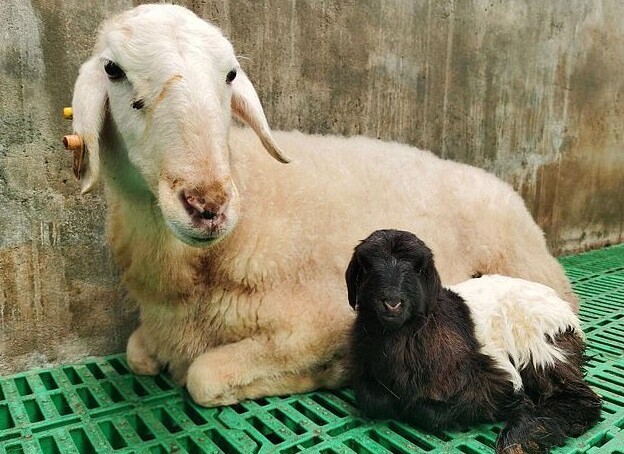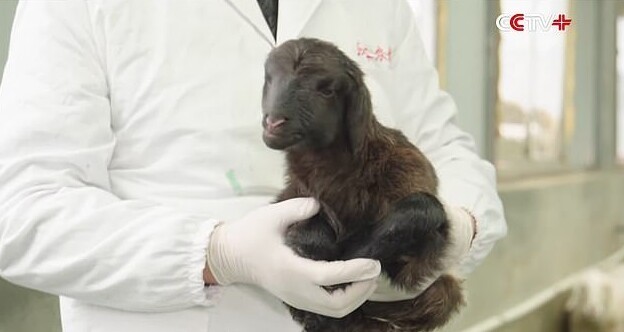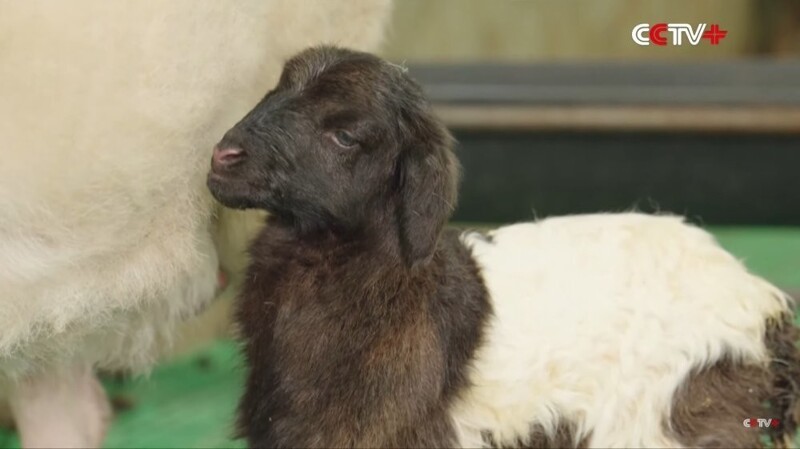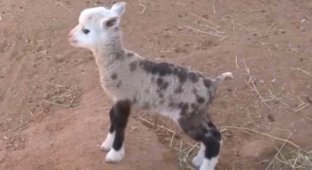Tibetan goats were cloned for the first time in China (6 photos + 1 video)
Chinese scientists have successfully cloned Tibetan goats for the first time. They used the same cloning method that produced the world's first cloned animal, Dolly the sheep. 
A team of Chinese scientists from Qinghai province announced that they have successfully cloned Tibetan goats for the first time. This was done by cloning somatic cells - by transplanting the nucleus of a somatic cell into the cytoplasm of an egg. The egg is then implanted into a surrogate mother, who gives birth to the baby. The newborn has 100 percent of the donor's DNA. In the same way, Dolly the sheep was cloned in 1997 - the world's first cloned animal. 
The cloned babies are healthy and doing well. Their weight is 3.3 kg. Three adult large males and one female acted as cell donors. Each of the males weighed about 400 kg, and they all took prizes in breeding competitions. According to scientists, using cloning they strive to prevent the degeneration of the breed and preserve the genetic material of healthy individuals in the population of Tibetan goats. The team now intends to clone goats that produce the most valuable wool. 
As is the case with in vitro fertilization in humans, not every attempt at embryo implantation is successful. Scientists spent a long time achieving successful cloning: in the initial stages, the pregnancy rate among 43 surrogate goats was only 58 percent. The team also said the cloning efforts would "increase the income of local farmers and herders." 
































